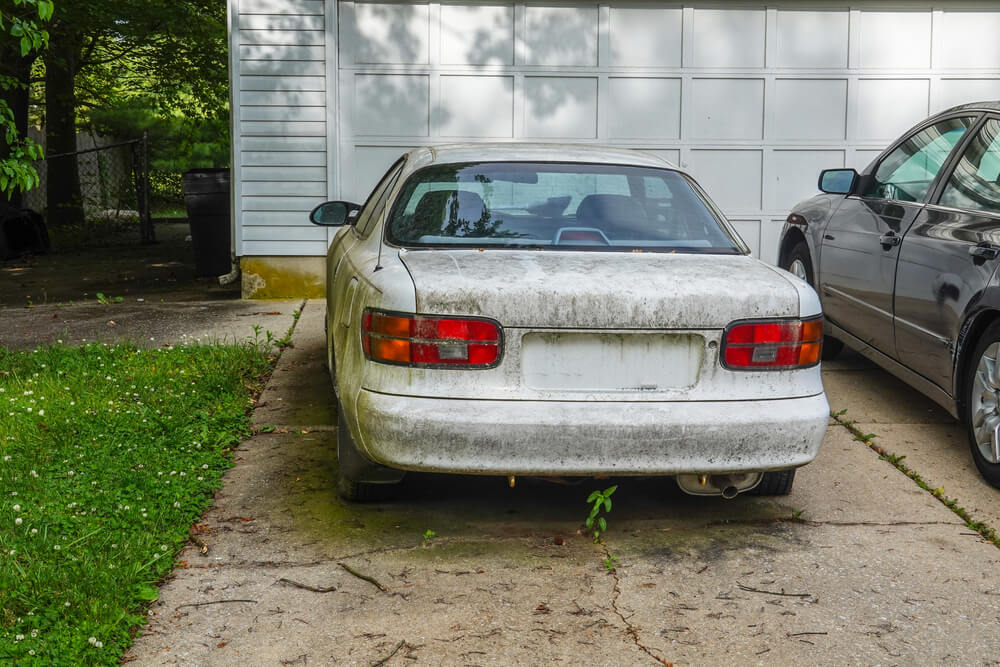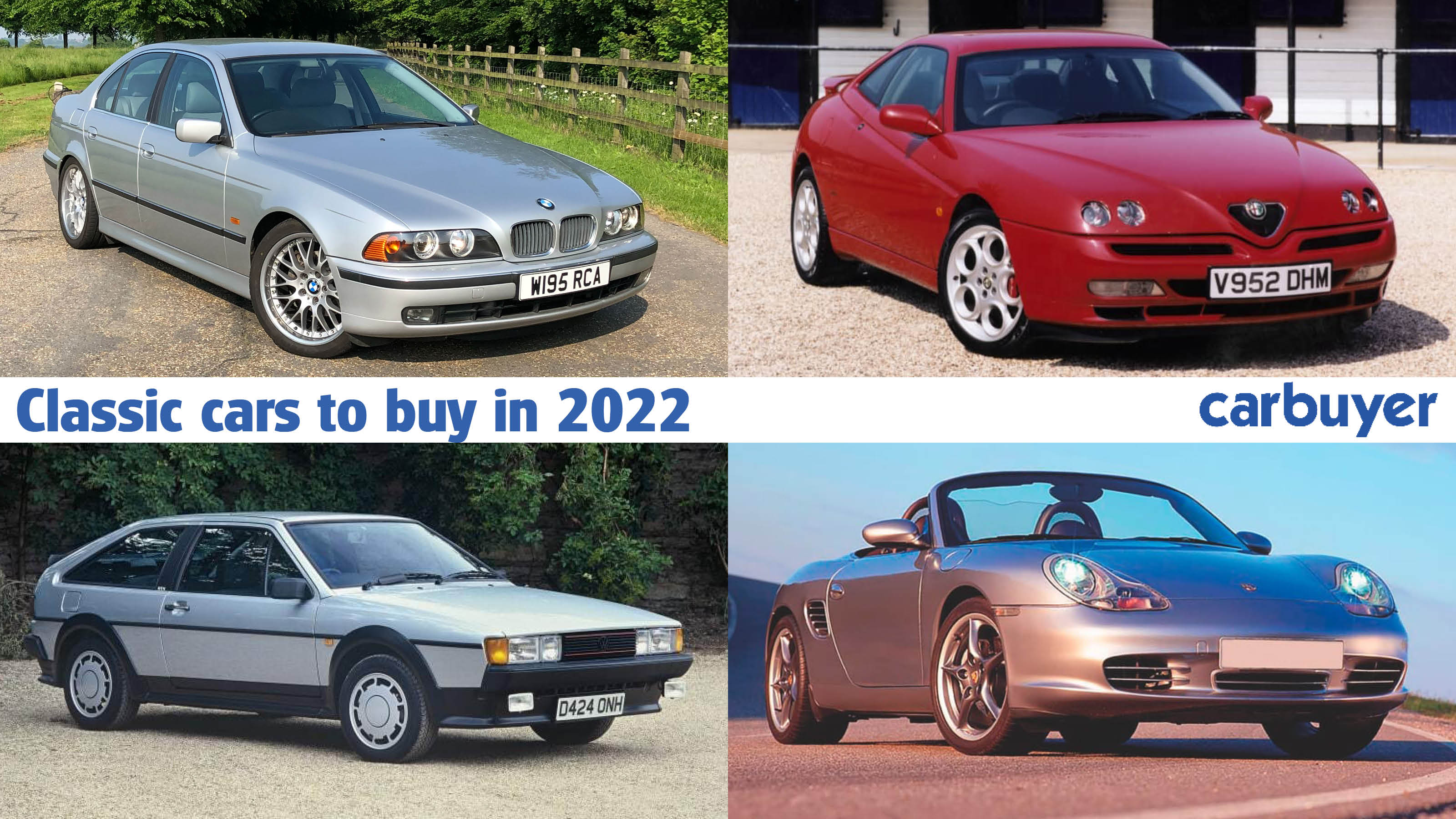
A few vehicles stand out among the rest when you think of the best muscle cars. Shelby's GT500 Super Snake GT500 Super Snake may be the best muscle car of all. Pontiac Firebird ZL1 - A modern muscle car. A favorite of muscle car enthusiasts is the Plymouth Roadrunner. But what exactly is the best muscle car? It all depends on who you ask! These are some things that you need to know.
Shelby's GT500 Super Snake GT500 is undoubtedly Shelby's best muscle car.
The 1967 Shelby GT500 was one of the fastest muscle cars of all time, and the GT500 had sold well. Shelby American built a GT500 super-performance version after seeing the GT350's performance in the Le Mans race. The super Snake's performance was increased by a custom engine/exhaust system and a unique paint scheme with three Le Mans racing stripes. The Super Snake then made its way to Goodyear, Arizona where it competed in a series races.

Pontiac Firebird ZL1 is a modern muscle car
Pontiac Firebird ZL1's new 2019 model features a 6.2L supercharged V8 that makes 650 horsepower. The new front splitter and wider bumpers make it easy to drive on the open road. The interior is highlighted by red and black accents. The ZL1 is a tribute of classic muscle cars.
Ford Mustang Boss 302 is a favorite among muscle car enthusiasts
The 1970 Mustang Boss 302 Mustang Boss is one of Ford's best performance cars. Now up for auction on Mecum, this legendary muscle car is expected to sell for between $110,000 and $130,000. It is possible that it will sell for much more than $110,000 by May 21. But before you start bidding, here are some facts to keep in mind about this classic. It is half an inches lower than the Mustang GT's standard GT. It features a larger 25mm rear stabilizer bar and 19-inch rims. Its engine and transmission are tuned by muscle car specialists and its suspension and shock absorber controls are highly advanced.
Plymouth Roadrunner
The original Plymouth Roadrunner was a high-performance car with a 426 Hemi engine, which was good enough for second place on the street in 1970. Richard Petty drove the car, and Chrysler refused Chrysler the aero bits he requested for the Daytona. Petty eventually jumped ship to Ford, and the company provided the parts. The Superbird was the result, and it has since become one of America's most famous muscle cars.

Dodge Viper
The Dodge Viper is now the classic. Although this vehicle is loved and hated, some admire its stubbornness while others love to dump it like a loose cannon. The Viper, in its early days, was a fiery hot rod lacking any safety features. Also, early Vipers did not have air conditioning. They also had no exterior door handles, glass windows, and airbags.
FAQ
What qualifications do you need to be a mechanic?
You will need to pass several exams in order to become a mechanic. These exams include:
-
A general knowledge assessment
-
A practical examination
-
An apprenticeship test
These tests will ensure you are familiar with the fundamental concepts of mechanics and physics before starting to work as a mechanic.
Once you pass these tests you can become a mechanic. However, you'll still need to complete an apprenticeship. This will include training in the trade.
You'll need to attend classes and workshops to learn everything you need to know about repairing vehicles. Working alongside skilled mechanics is also a must.
To be a successful mechanic, you will need to have a high degree of concentration and attention. You'll need to pay close attention to every aspect of vehicle repairs.
To become a successful mechanic you'll need patience. This may not be the career path that you want if you aren't able to follow directions.
If you enjoy cars and fixing them, this job could be a good fit for you.
What is the difference?
Both are related, but they are not the same. An automotive technician maintains cars, while a mechanic repairs them.
A mechanic must possess good manual dexterity, and be able perform simple tasks efficiently. A mechanic should also be able accurately diagnose and repair problems.
An automotive technician must be more technically proficient than a mechanic. They must be able and able to read blueprints as well as use tools like drills or wrenches.
They must be able and competent to safely perform complicated procedures. They need to be familiar with various types of engines and electrical system.
They must also be able to understand how various parts interact with each other.
This means that mechanics usually make less money than automotive technicians. There are many job opportunities in both.
How long is an automotive course?
An automotive course lasts 3 years.
The first year focuses on theory and learning about cars. The second year is dedicated towards practical training. This includes learning how to drive, fix engine problems, and doing other maintenance jobs around your car. The final year is spent doing a placement at a local garage, which gives you experience in fixing real-world problems.
Statistics
- According to the BLS, the median annual salary for automotive service technicians and mechanics in the United States was $44,050 in May 2020. (uti.edu)
- 52% of Mechanics in the United States think their salaries are enough for the cost of living in their area. (indeed.com)
- There were 749,900 jobs available for automotive service technicians and mechanics in 2016, which is expected to grow by six percent through 2026. (jobhero.com)
External Links
How To
How to correctly diagnose your vehicle for repairs
Before you can determine if your car requires repairs, it's important to first analyze the symptoms. Then, follow these steps to diagnose your vehicle properly.
-
Check engine lights. You should inspect the dashboard lights, such as the engine light indicator and the oil pressure gauge. Also, check the battery light indicator. It could indicate that your vehicle is having problems.
-
Check the treads of your tires. Tire wear can lead to problems in handling and brake performance. It is also important to inspect the wheel treads. They should be clean and smooth. It is best to take off the wheels and remove them. Use a flashlight to see how well the treads are worn.
-
Pay attention to the level of your brake fluid. Keep track of the brake fluid level in your vehicle. This helps ensure that your brakes operate properly. If the brake fluid level is low, your brakes might fail when you apply pressure to them.
-
Make sure to test the suspension system. The suspension system in vehicles absorbs vibrations and shocks. It provides better control and allows smoother acceleration and deceleration. If your vehicle has a suspension problem, it might feel wobbly or shake uncontrollably. If you are unsure if your vehicle is suffering from a suspension problem, put weight on the front and rear axles to check the movement.
-
Take a look at the steering column. The steering column connects the steering wheel to all other components of the vehicle. Many accidents can cause damage to steering columns. It is recommended to replace any steering column that feels loose, or shakey.
-
The exhaust pipe should be observed. Exhaust pipes help move gases from the combustion chamber to the atmosphere. Exhaust pipes that are cracked or leaking can allow harmful fumes to enter your cabin. Also, if your tailpipe is bent, you should fix it immediately.
-
Check under the hood. Check under your hood for any unusual or missing components. Fluids could be leaking from your engine. If you smell something strange coming from your engine compartment you should call a professional technician.
-
The air filter should be checked. Your vehicle's air filter collects dust and debris from the outside environment. Your vehicle will run less well if it has a dirty filter. Replace your air filter regularly.
-
Verify the fan belt. Your vehicle's fan belt connects the engine to the transmission. If the fan belt is damaged, the engine won’t turn. It is easy to replace the belt. You will need a screwdriver, pliers and a pair of pliers.
-
You should inspect the radiator and hoses. The radiator hose carries water from the radiator to the engine. If the hose becomes damaged or cracked, hot liquid can be emitted onto the engine. To repair the leaky hose, all you need is a pair if needle-nosepliers.
-
The windshield wipers should be checked. Windshield wipers use electricity for snow and rain removal. If they stop working, streaks could be left on your glass. Change the washer fluid to fix the problem.
-
The battery cables should be checked. The battery cables provide power for the electrical systems in your car. If you are replacing batteries, disconnect the negative cord first. Failure to do so can damage your alternator.
-
You should check the headlights. The headlights provide illumination for the road ahead. It can lead to poor visibility if they aren't working properly. You can check the bulbs to make sure they aren't burned out.
-
Check the lights. If you approach other drivers at night, lights will warn them. It could cause distraction and even lead to an accident if it doesn't work.
-
Inspect your brakes. Before you collide with another vehicle, brakes will slow down the car. You may lose control of your vehicle and crash if the brakes don't function properly.
-
Change the oil. The oil keeps your engine well lubricated. This oil helps to prevent metal parts becoming too worn out. It is recommended to change the oil each month.